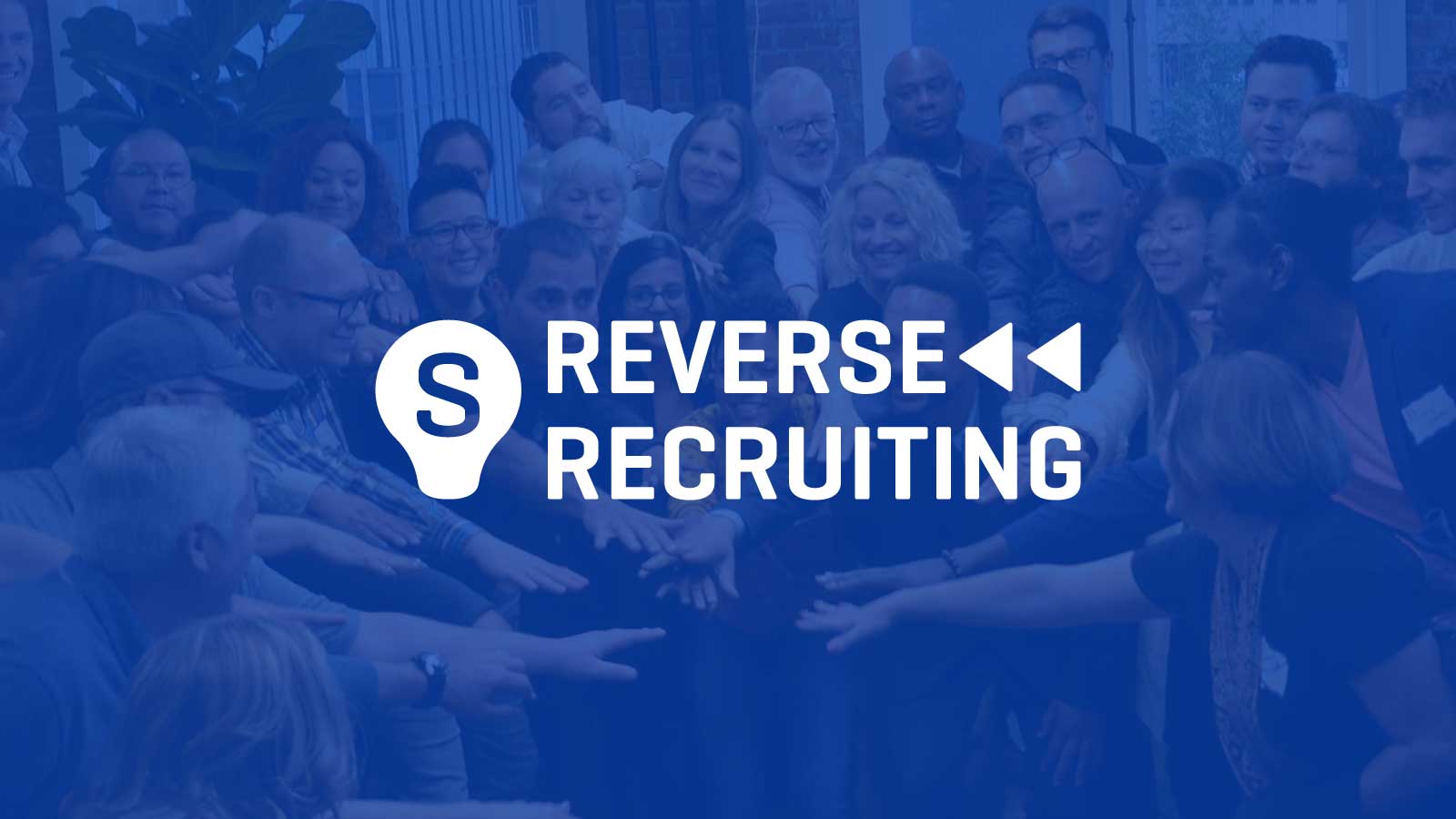Revolutionize Your Hiring Process with Reverse Recruiting Techniques
Revolutionize Your Hiring Process with Reverse Recruiting Techniques
Blog Article
Raise Your Hiring Video Game With Strategic Reverse Hiring Strategies
As the landscape of working with develops, organizations are increasingly transforming to innovative strategies such as calculated reverse recruiting to acquire a competitive side in securing leading skill. This shift in mindset needs a thoughtful reconsideration of exactly how firms come close to the hiring procedure, focusing on bring in easy candidates instead than solely counting on active work hunters - reverse recruiting.
Understanding Calculated Reverse Hiring
Strategically leveraging the idea of reverse recruiting can significantly enhance your organization's talent acquisition approach. By flipping the conventional employment method on its head, reverse recruiting includes proactively seeking and bring in passive prospects who might not be proactively trying to find new chances. This aggressive method enables firms to use a swimming pool of premium ability that may not come via conventional task posts alone.
Understanding the ins and outs of critical reverse recruiting is essential for its successful execution. It calls for a deep understanding of the industry landscape, competitor analysis, and the certain capability that are in high demand. reverse recruiting. By carrying out detailed study and leveraging market insights, organizations can determine and engage with top skill in a much more tailored and targeted fashion

Benefits of Reverse Recruiting
Reverse recruiting uses a special strategy to ability acquisition by proactively engaging with passive candidates who may not be actively seeking job chances. One of the crucial advantages of reverse recruiting is the capacity to target prospects that are already employed and pleased in their existing duties.

Secret Components of Reverse Hiring
Having checked out the advantages of reverse recruiting in targeting top entertainers who are material in their existing roles, it is necessary to understand the crucial components that make this technique effective in drawing in easy prospects. The first crucial part is building a strong company brand name. Easy candidates are commonly not proactively seeking new chances, so having a favorable online reputation as a company can ignite their interest. Leveraging social networks systems and company review sites to showcase business society and worths can aid in this respect.
Another important component is individualized outreach. Because easy candidates are not proactively trying to find work, common recruitment messages are most likely to be forgotten. Customizing outreach initiatives to highlight just how the particular skills and experiences of the candidate line up with the business's needs can considerably enhance the chances of obtaining their focus.
Additionally, promoting relationships with passive prospects gradually is click resources important. Frequently engaging with them through networking occasions, market conferences, or also periodic check-ins can help construct relationship and count on, making them more responsive to prospective job possibilities in the future. By integrating these key parts into reverse recruiting strategies, companies can efficiently bring in and employ top skill from the pool of easy candidates.
Executing Reverse Hiring Techniques

Furthermore, creating compelling company branding and showcasing a favorable company society can aid attract easy prospects and motivate them to take into consideration new profession possibilities. Developing an ability community or skill pipe can additionally be useful in supporting relationships with passive prospects with time, keeping them involved and curious about potential future duties within the organization. In general, applying reverse recruiting strategies needs a positive and tailored method to ability procurement, concentrating on establishing significant links with passive candidates to drive long-term recruitment success.
Determining Success backwards Hiring
Effective measurement of success in recruiting methods calls for a comprehensive examination of vital efficiency indicators and metrics to evaluate additional hints the effect and performance of ability procurement efforts. In the context of reverse recruiting, particular metrics can give valuable understandings into the performance and efficiency of the strategy. One essential metric is the high quality of candidates engaged via reverse recruiting networks. By gauging the conversion price of easy candidates into energetic candidates or employs, organizations can gauge the effectiveness of their reverse recruiting campaigns.
Keeping track of retention prices amongst prospects recruited with reverse approaches can provide insights right into the lasting success of the approach. High retention rates suggest that the prospects sourced via reverse recruiting are a good fit for the organization, contributing favorably to its total ability pool.
Conclusion
To conclude, calculated reverse recruiting offers an one-of-a-kind approach to hiring that concentrates on drawing in leading skill via aggressive involvement and relationship-building. By leveraging this approach, companies can gain a competitive edge in the talent market and improve their recruitment outcomes. It is important to recognize the advantages, vital parts, and approaches of reverse recruiting to properly apply and gauge success in this cutting-edge strategy to working with.
Report this page